Organizational Motivation: A Case Study on Theories and Applications
VerifiedAdded on 2023/01/04
|6
|1218
|40
Case Study
AI Summary
This case study examines the crucial role of motivation within organizations, exploring how it influences employee behavior and goal achievement. The study delves into prominent motivation theories, including Maslow's Hierarchy of Needs and Vroom's Expectancy Theory, illustrating their practical application in the workplace. It highlights the importance of motivation for enhancing employee efficiency, boosting productivity, improving focus, and providing clear direction. The case study provides a comprehensive analysis of how HR departments can utilize motivational strategies to align individual and organizational objectives, ultimately contributing to the overall success of the firm. The report concludes by emphasizing the significance of motivation as a key aspect of HR management and the effectiveness of Maslow's and Vroom's theories in motivating employees.
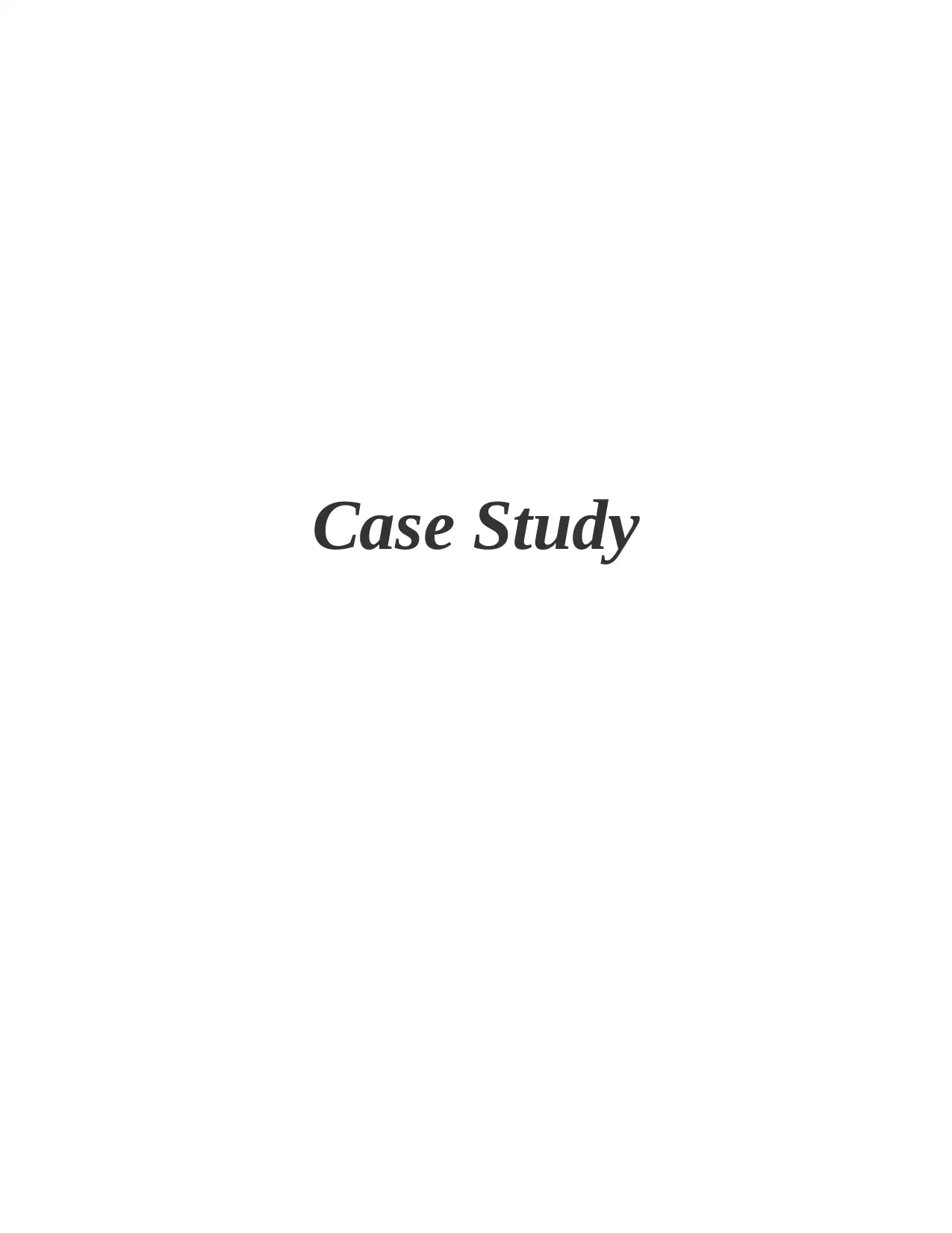
Case Study
Paraphrase This Document
Need a fresh take? Get an instant paraphrase of this document with our AI Paraphraser
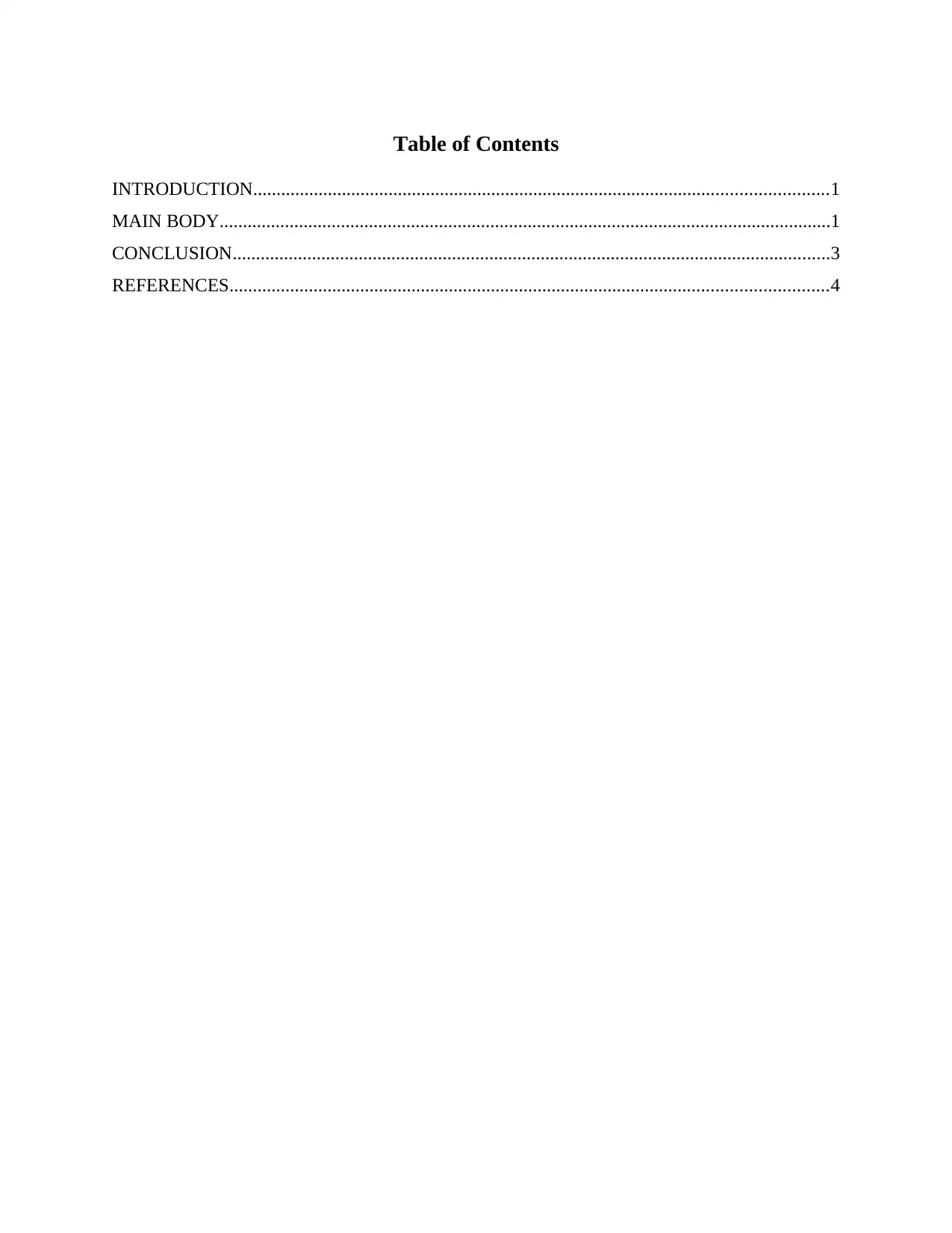
Table of Contents
INTRODUCTION...........................................................................................................................1
MAIN BODY...................................................................................................................................1
CONCLUSION................................................................................................................................3
REFERENCES................................................................................................................................4
INTRODUCTION...........................................................................................................................1
MAIN BODY...................................................................................................................................1
CONCLUSION................................................................................................................................3
REFERENCES................................................................................................................................4
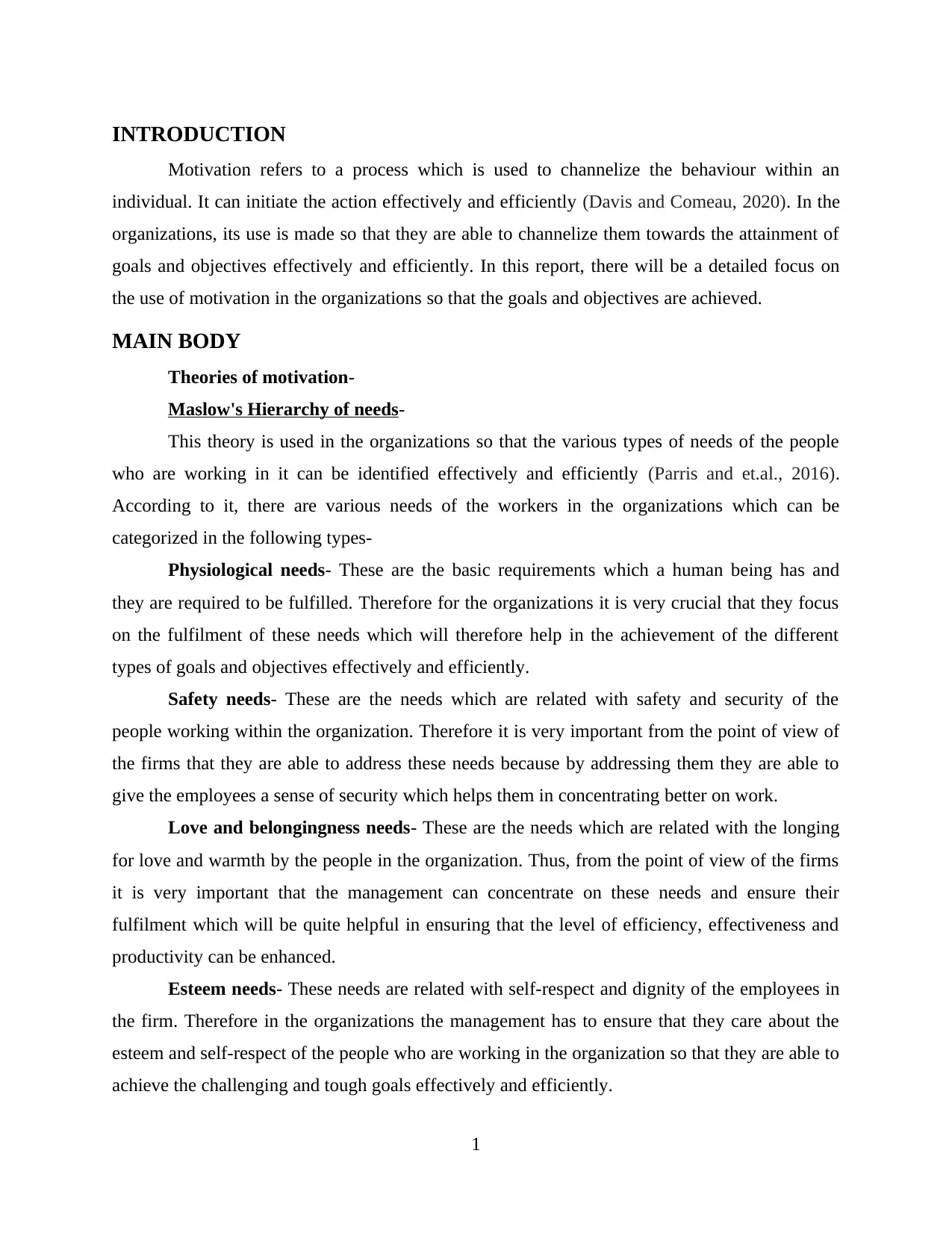
INTRODUCTION
Motivation refers to a process which is used to channelize the behaviour within an
individual. It can initiate the action effectively and efficiently (Davis and Comeau, 2020). In the
organizations, its use is made so that they are able to channelize them towards the attainment of
goals and objectives effectively and efficiently. In this report, there will be a detailed focus on
the use of motivation in the organizations so that the goals and objectives are achieved.
MAIN BODY
Theories of motivation-
Maslow's Hierarchy of needs-
This theory is used in the organizations so that the various types of needs of the people
who are working in it can be identified effectively and efficiently (Parris and et.al., 2016).
According to it, there are various needs of the workers in the organizations which can be
categorized in the following types-
Physiological needs- These are the basic requirements which a human being has and
they are required to be fulfilled. Therefore for the organizations it is very crucial that they focus
on the fulfilment of these needs which will therefore help in the achievement of the different
types of goals and objectives effectively and efficiently.
Safety needs- These are the needs which are related with safety and security of the
people working within the organization. Therefore it is very important from the point of view of
the firms that they are able to address these needs because by addressing them they are able to
give the employees a sense of security which helps them in concentrating better on work.
Love and belongingness needs- These are the needs which are related with the longing
for love and warmth by the people in the organization. Thus, from the point of view of the firms
it is very important that the management can concentrate on these needs and ensure their
fulfilment which will be quite helpful in ensuring that the level of efficiency, effectiveness and
productivity can be enhanced.
Esteem needs- These needs are related with self-respect and dignity of the employees in
the firm. Therefore in the organizations the management has to ensure that they care about the
esteem and self-respect of the people who are working in the organization so that they are able to
achieve the challenging and tough goals effectively and efficiently.
1
Motivation refers to a process which is used to channelize the behaviour within an
individual. It can initiate the action effectively and efficiently (Davis and Comeau, 2020). In the
organizations, its use is made so that they are able to channelize them towards the attainment of
goals and objectives effectively and efficiently. In this report, there will be a detailed focus on
the use of motivation in the organizations so that the goals and objectives are achieved.
MAIN BODY
Theories of motivation-
Maslow's Hierarchy of needs-
This theory is used in the organizations so that the various types of needs of the people
who are working in it can be identified effectively and efficiently (Parris and et.al., 2016).
According to it, there are various needs of the workers in the organizations which can be
categorized in the following types-
Physiological needs- These are the basic requirements which a human being has and
they are required to be fulfilled. Therefore for the organizations it is very crucial that they focus
on the fulfilment of these needs which will therefore help in the achievement of the different
types of goals and objectives effectively and efficiently.
Safety needs- These are the needs which are related with safety and security of the
people working within the organization. Therefore it is very important from the point of view of
the firms that they are able to address these needs because by addressing them they are able to
give the employees a sense of security which helps them in concentrating better on work.
Love and belongingness needs- These are the needs which are related with the longing
for love and warmth by the people in the organization. Thus, from the point of view of the firms
it is very important that the management can concentrate on these needs and ensure their
fulfilment which will be quite helpful in ensuring that the level of efficiency, effectiveness and
productivity can be enhanced.
Esteem needs- These needs are related with self-respect and dignity of the employees in
the firm. Therefore in the organizations the management has to ensure that they care about the
esteem and self-respect of the people who are working in the organization so that they are able to
achieve the challenging and tough goals effectively and efficiently.
1
⊘ This is a preview!⊘
Do you want full access?
Subscribe today to unlock all pages.

Trusted by 1+ million students worldwide
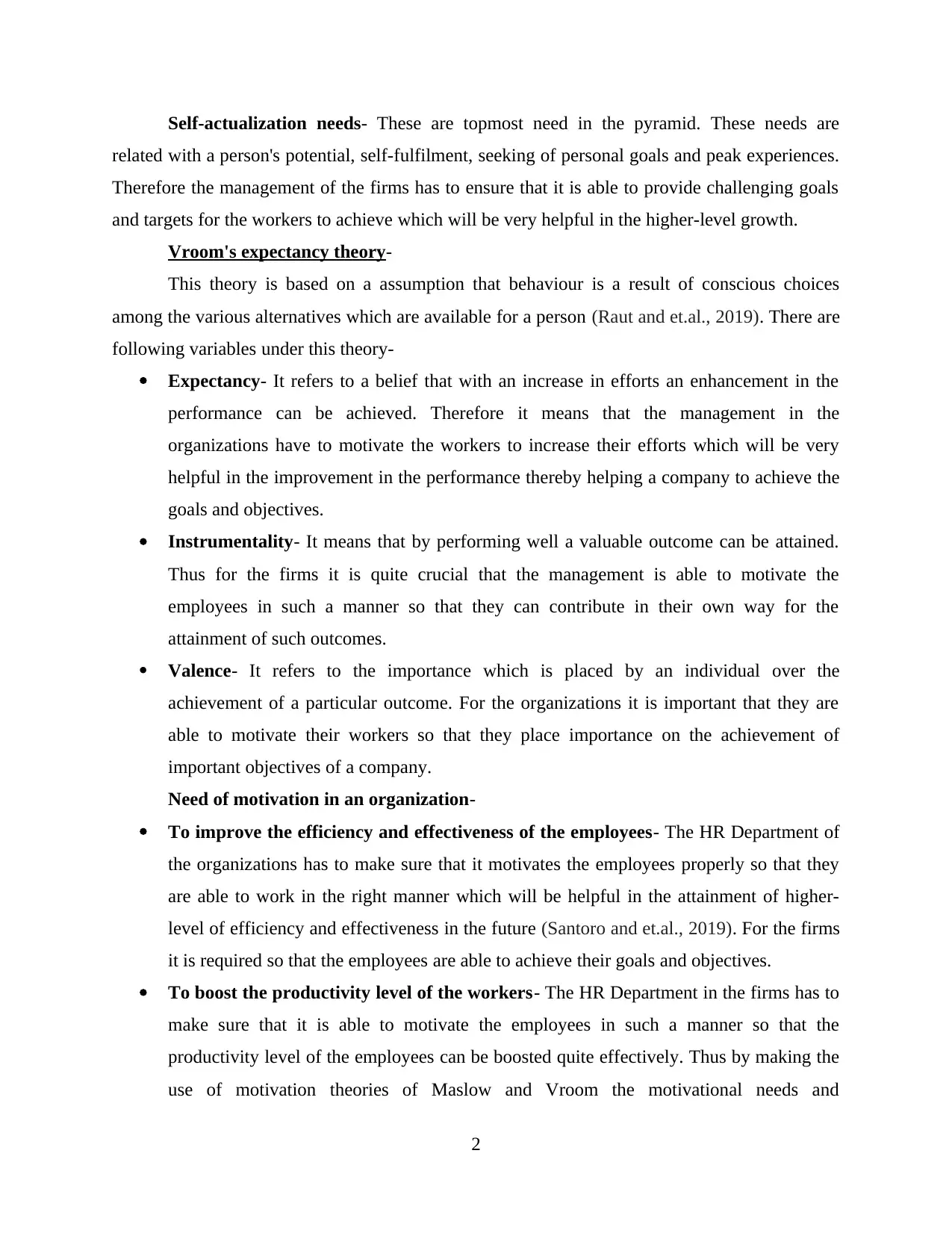
Self-actualization needs- These are topmost need in the pyramid. These needs are
related with a person's potential, self-fulfilment, seeking of personal goals and peak experiences.
Therefore the management of the firms has to ensure that it is able to provide challenging goals
and targets for the workers to achieve which will be very helpful in the higher-level growth.
Vroom's expectancy theory-
This theory is based on a assumption that behaviour is a result of conscious choices
among the various alternatives which are available for a person (Raut and et.al., 2019). There are
following variables under this theory-
Expectancy- It refers to a belief that with an increase in efforts an enhancement in the
performance can be achieved. Therefore it means that the management in the
organizations have to motivate the workers to increase their efforts which will be very
helpful in the improvement in the performance thereby helping a company to achieve the
goals and objectives.
Instrumentality- It means that by performing well a valuable outcome can be attained.
Thus for the firms it is quite crucial that the management is able to motivate the
employees in such a manner so that they can contribute in their own way for the
attainment of such outcomes.
Valence- It refers to the importance which is placed by an individual over the
achievement of a particular outcome. For the organizations it is important that they are
able to motivate their workers so that they place importance on the achievement of
important objectives of a company.
Need of motivation in an organization-
To improve the efficiency and effectiveness of the employees- The HR Department of
the organizations has to make sure that it motivates the employees properly so that they
are able to work in the right manner which will be helpful in the attainment of higher-
level of efficiency and effectiveness in the future (Santoro and et.al., 2019). For the firms
it is required so that the employees are able to achieve their goals and objectives.
To boost the productivity level of the workers- The HR Department in the firms has to
make sure that it is able to motivate the employees in such a manner so that the
productivity level of the employees can be boosted quite effectively. Thus by making the
use of motivation theories of Maslow and Vroom the motivational needs and
2
related with a person's potential, self-fulfilment, seeking of personal goals and peak experiences.
Therefore the management of the firms has to ensure that it is able to provide challenging goals
and targets for the workers to achieve which will be very helpful in the higher-level growth.
Vroom's expectancy theory-
This theory is based on a assumption that behaviour is a result of conscious choices
among the various alternatives which are available for a person (Raut and et.al., 2019). There are
following variables under this theory-
Expectancy- It refers to a belief that with an increase in efforts an enhancement in the
performance can be achieved. Therefore it means that the management in the
organizations have to motivate the workers to increase their efforts which will be very
helpful in the improvement in the performance thereby helping a company to achieve the
goals and objectives.
Instrumentality- It means that by performing well a valuable outcome can be attained.
Thus for the firms it is quite crucial that the management is able to motivate the
employees in such a manner so that they can contribute in their own way for the
attainment of such outcomes.
Valence- It refers to the importance which is placed by an individual over the
achievement of a particular outcome. For the organizations it is important that they are
able to motivate their workers so that they place importance on the achievement of
important objectives of a company.
Need of motivation in an organization-
To improve the efficiency and effectiveness of the employees- The HR Department of
the organizations has to make sure that it motivates the employees properly so that they
are able to work in the right manner which will be helpful in the attainment of higher-
level of efficiency and effectiveness in the future (Santoro and et.al., 2019). For the firms
it is required so that the employees are able to achieve their goals and objectives.
To boost the productivity level of the workers- The HR Department in the firms has to
make sure that it is able to motivate the employees in such a manner so that the
productivity level of the employees can be boosted quite effectively. Thus by making the
use of motivation theories of Maslow and Vroom the motivational needs and
2
Paraphrase This Document
Need a fresh take? Get an instant paraphrase of this document with our AI Paraphraser
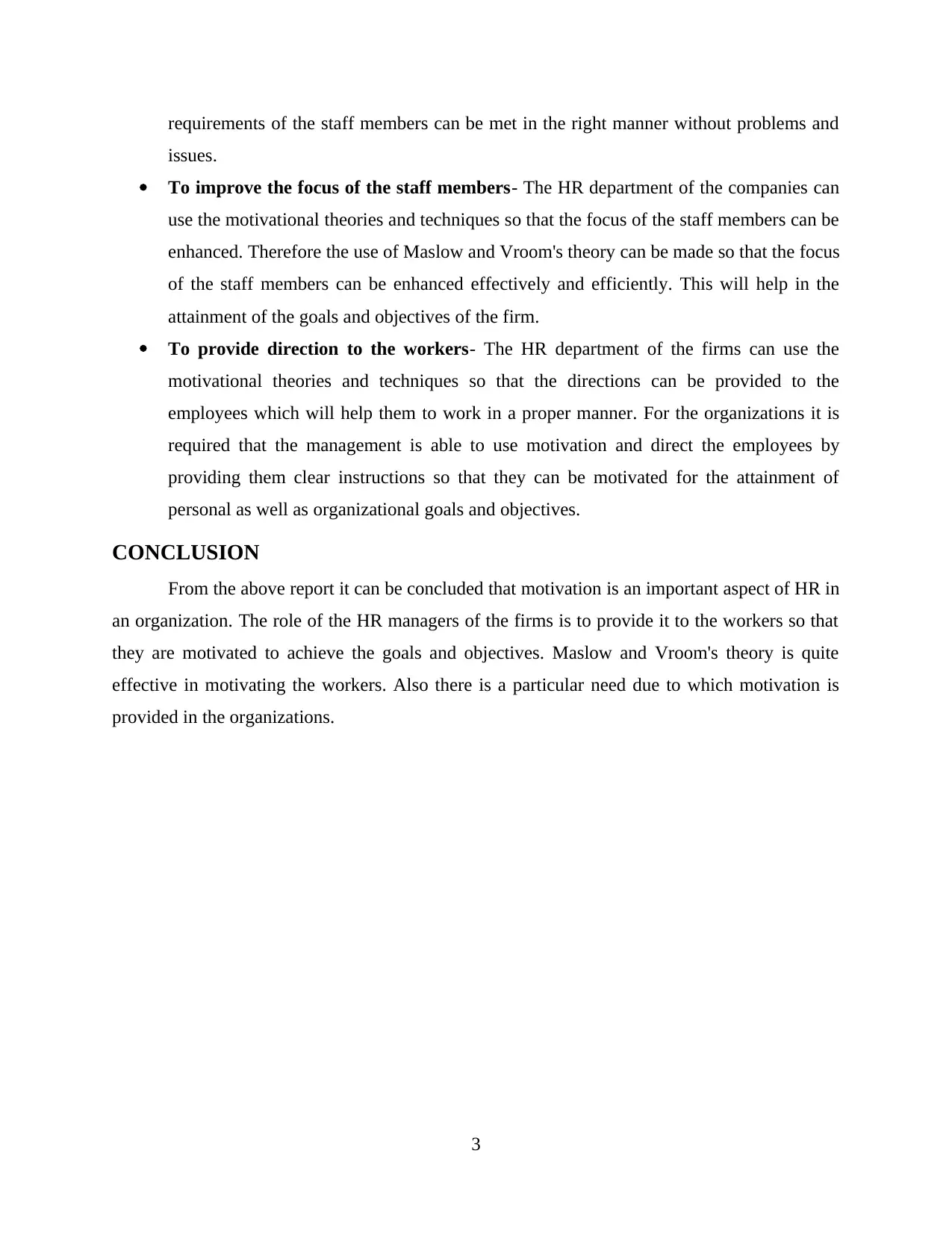
requirements of the staff members can be met in the right manner without problems and
issues.
To improve the focus of the staff members- The HR department of the companies can
use the motivational theories and techniques so that the focus of the staff members can be
enhanced. Therefore the use of Maslow and Vroom's theory can be made so that the focus
of the staff members can be enhanced effectively and efficiently. This will help in the
attainment of the goals and objectives of the firm.
To provide direction to the workers- The HR department of the firms can use the
motivational theories and techniques so that the directions can be provided to the
employees which will help them to work in a proper manner. For the organizations it is
required that the management is able to use motivation and direct the employees by
providing them clear instructions so that they can be motivated for the attainment of
personal as well as organizational goals and objectives.
CONCLUSION
From the above report it can be concluded that motivation is an important aspect of HR in
an organization. The role of the HR managers of the firms is to provide it to the workers so that
they are motivated to achieve the goals and objectives. Maslow and Vroom's theory is quite
effective in motivating the workers. Also there is a particular need due to which motivation is
provided in the organizations.
3
issues.
To improve the focus of the staff members- The HR department of the companies can
use the motivational theories and techniques so that the focus of the staff members can be
enhanced. Therefore the use of Maslow and Vroom's theory can be made so that the focus
of the staff members can be enhanced effectively and efficiently. This will help in the
attainment of the goals and objectives of the firm.
To provide direction to the workers- The HR department of the firms can use the
motivational theories and techniques so that the directions can be provided to the
employees which will help them to work in a proper manner. For the organizations it is
required that the management is able to use motivation and direct the employees by
providing them clear instructions so that they can be motivated for the attainment of
personal as well as organizational goals and objectives.
CONCLUSION
From the above report it can be concluded that motivation is an important aspect of HR in
an organization. The role of the HR managers of the firms is to provide it to the workers so that
they are motivated to achieve the goals and objectives. Maslow and Vroom's theory is quite
effective in motivating the workers. Also there is a particular need due to which motivation is
provided in the organizations.
3
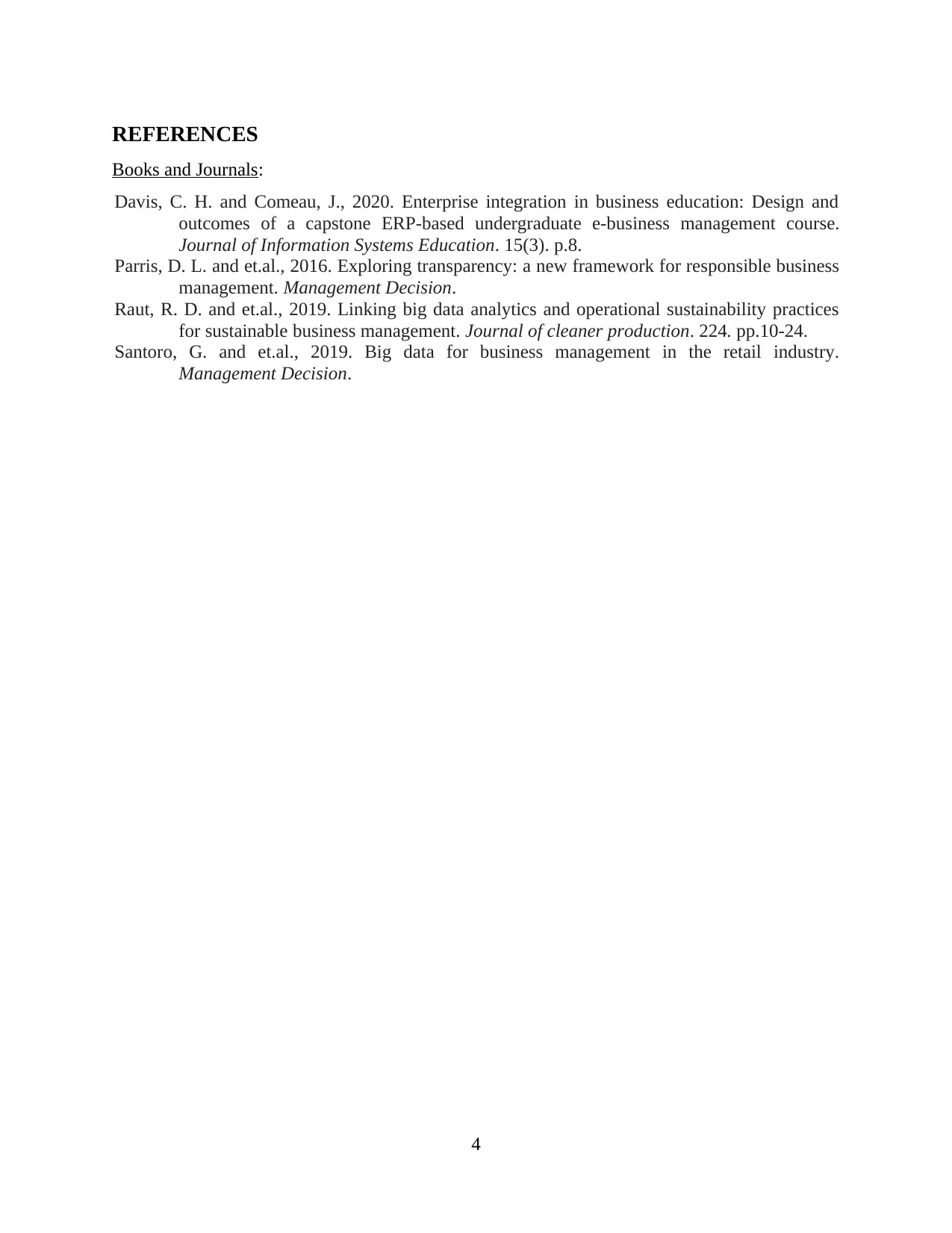
REFERENCES
Books and Journals:
Davis, C. H. and Comeau, J., 2020. Enterprise integration in business education: Design and
outcomes of a capstone ERP-based undergraduate e-business management course.
Journal of Information Systems Education. 15(3). p.8.
Parris, D. L. and et.al., 2016. Exploring transparency: a new framework for responsible business
management. Management Decision.
Raut, R. D. and et.al., 2019. Linking big data analytics and operational sustainability practices
for sustainable business management. Journal of cleaner production. 224. pp.10-24.
Santoro, G. and et.al., 2019. Big data for business management in the retail industry.
Management Decision.
4
Books and Journals:
Davis, C. H. and Comeau, J., 2020. Enterprise integration in business education: Design and
outcomes of a capstone ERP-based undergraduate e-business management course.
Journal of Information Systems Education. 15(3). p.8.
Parris, D. L. and et.al., 2016. Exploring transparency: a new framework for responsible business
management. Management Decision.
Raut, R. D. and et.al., 2019. Linking big data analytics and operational sustainability practices
for sustainable business management. Journal of cleaner production. 224. pp.10-24.
Santoro, G. and et.al., 2019. Big data for business management in the retail industry.
Management Decision.
4
⊘ This is a preview!⊘
Do you want full access?
Subscribe today to unlock all pages.

Trusted by 1+ million students worldwide
1 out of 6
Related Documents
Your All-in-One AI-Powered Toolkit for Academic Success.
+13062052269
info@desklib.com
Available 24*7 on WhatsApp / Email
![[object Object]](/_next/static/media/star-bottom.7253800d.svg)
Unlock your academic potential
Copyright © 2020–2025 A2Z Services. All Rights Reserved. Developed and managed by ZUCOL.





